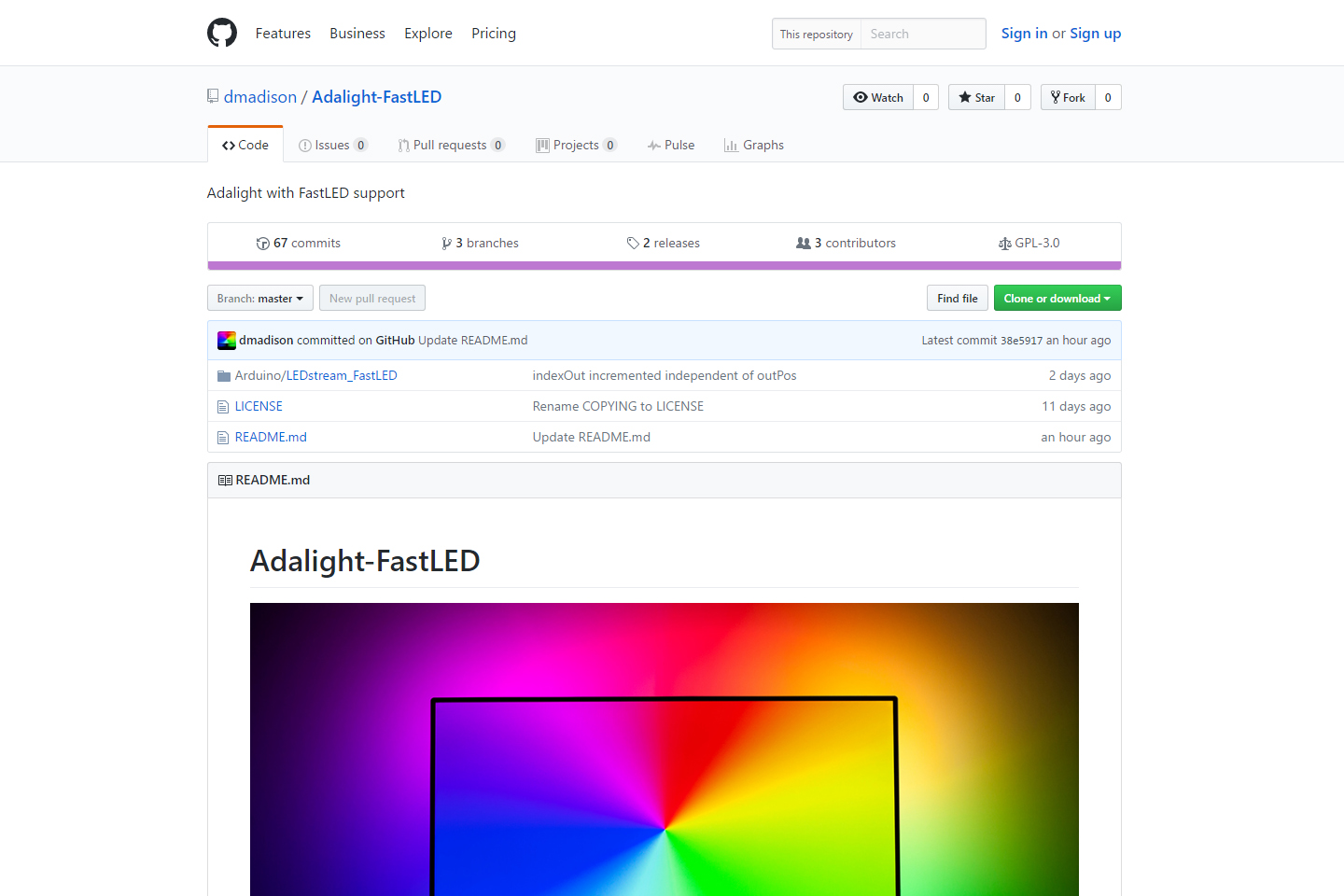For more information Check out the official site http: Or where a good resource is for coding and learning FastLED 3. The Pixel controller Sketch will look like this upon opening: Simple example How quickly can you get up and running with the library? Note that we have a long list of upcoming platforms to support, so if you don't see what you're looking for here, ask, it may be on the roadmap or may already be supported. 
| Uploader: | Karn |
| Date Added: | 25 September 2008 |
| File Size: | 35.25 Mb |
| Operating Systems: | Windows NT/2000/XP/2003/2003/7/8/10 MacOS 10/X |
| Downloads: | 59204 |
| Price: | Free* [*Free Regsitration Required] |
My code is just using the DemoReel example and playing with the parameters for speed and size of patterns, which is cool but short and simple.
Right now the library is supported on a variety of arduino compatable platforms.
Teensy / Arduino Guide - Enviral Design
Check to see if your Teensyduino installer correctly installed the necessary files into your Arduino IDE. Be sure your Arduino IDE is not running.
You can ignore any fashled or software portions of the guide on PJRC since GeoPix handles everything else intelligently. Or where a good resource is for coding and learning FastLED 3. For more info on wiring and power, check out this detailed guide on PJRC.
At this point, assuming you have a teensy and have it connected and recognized you can check your COM ports in device manager for confirmation You can upload the Pixel Driver Sketch to your board. Simple example How quickly can you get up and running with the library? Support for upgraded compilers, as well as using AVR studio and skipping the arduino entirely, should be coming in a near future release.
What types of platforms are we thinking about supporting in the future? I am trying to find or make new code with FastLED 3.

More details on the led chipsets are included TODO: Check out the official site http: Supported platforms Right now the library is supported on a variety of arduino compatable platforms. The Pixel controller Sketch will look like this upon opening: I like what I have, just wanted to have some new stuff. Be sure to match the variable you set here in GeoPix later too.
FastLED library Arduino examples download
Here's a short list: Unfortunately changes are common, especially since each writer thinks differently. Using the two libraries together allows the Teensy 3.
Your Teensy is done with programming. Note that we have a long list of upcoming platforms to support, so if you don't see what you're looking for here, ask, it may be on faxtled roadmap or may already be supported. Download the following zip files.
However, since then, the library has expanded to support a number of LED chipsets that don't use SPI, as well as a number of math and utility functions for LED processing across the board.
There are a rastled of ways to setup your power and hardware which is out of the scope of this guide. Link to wiki page.
FastLED 3.1
Your code is running with the new leds. Each is defined as a separate function below. This helps me manage automatic updates fastlsd get new files to you later!
Quick start for new developers - hook up your leds and go, no need fzstled think about specifics of the led chipsets being used Zero pain switching LED chipsets - you get some new leds that the library supports, just change the definition of LEDs you're using, et. Github likes putting -branchname into the name of the folder, which unfortunately, makes Arduino cranky!
If you are only going to do this for some school work, then try to get some help in a library repository, always have people who are friendly and willing to help. Many libraries have been abandoned, but I think learning how to edit a library is always useful if you want to continue in this field. Please avoid private messages, your question may be someone's answer in the future!

Комментариев нет:
Отправить комментарий